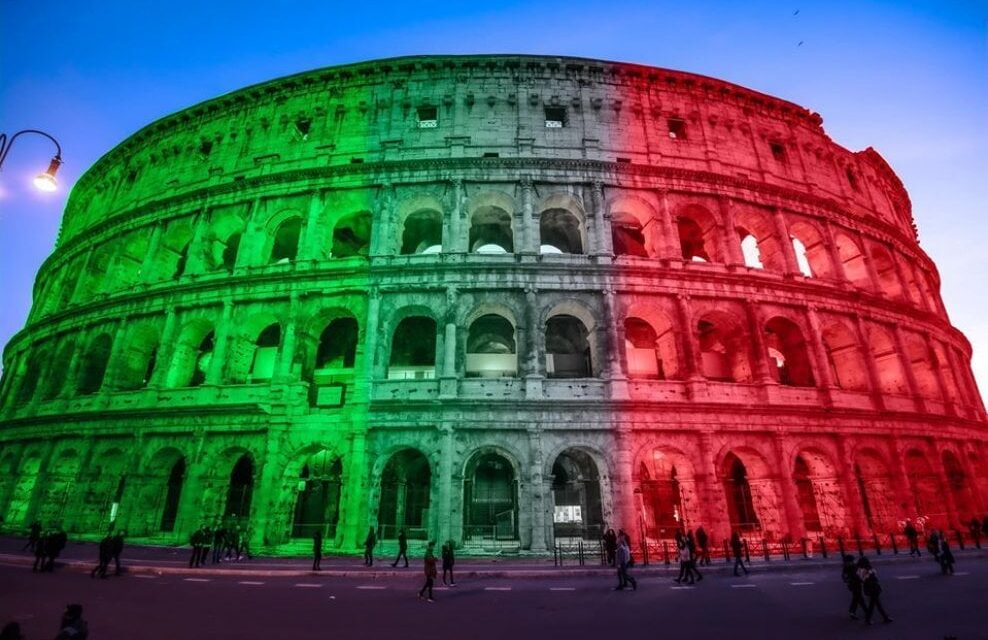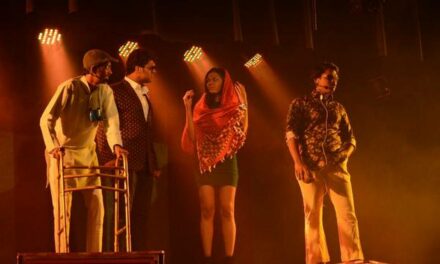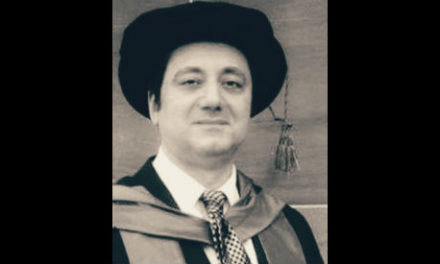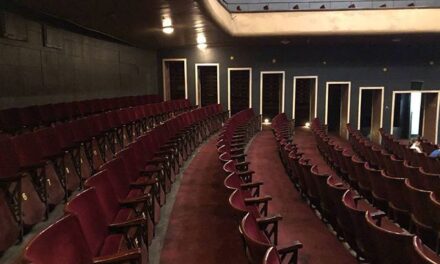Because of COVID-19, Italian actors’ work had abruptly stopped but digital resources offer them “new” possibilities of maintaining live contact with their audiences. Some important artists have worked with Italian museums and cultural institutions to create vocal performances in highly impactful, educational videos. Each video reflects the importance of the institution and its treasures, but also each actor’s unique style.
At the beginning of the lockdown, popular actor Alessandro Bergonzoni created a vocal performance for MAMbo, the Museo d’Arte Moderna in Bologna. This art museum offers a journey through the history of Italian art, from post-World War II to today. It also explores the present, thanks to exhibitions of contemporary art from the most innovative and experimental artists.
Bergonzoni’s piece is entitled Open Letter to MAMbo, Closed Only in Appearance. He is a master of the dynamic use of Italian language, and with this short text he offers a vocal performance using rhymes, assonance, and puns. In this way, he illustrates the temporary transformation – or more accurately, the metamorphosis – of the MAMbo into a “spoken museum”. The absence of visitors creates the possibility of narrating the story and the mission of this museum, and creating an imaginary gallery through the use of description of its collections. This video also pays homage to Bergonzoni’s hometown of Bologna, and the tenacity of its inhabitants.
Alessandro Bergonzoni, Open Letter to MAMbo, Closed Only in Appearance, March 26, 2020
For Italian museums, COVID-19 was a good opportunity to create videos presenting masterpieces of art history and archaeology. In many cases, the vocal performance of an artist has transformed into the voice of the monument itself. An example of this is famous film actor Franco Nero giving life to the bronze “Boxer at Rest” at the National Roman Museum, in the seat of Palazzo Massimo alle Terme. This is a Hellenistic Greek sculpture of a nude boxer at rest, still wearing his caestus, a type of leather hand-wrap. It represents athletic professionalism with its over-muscled torso, scarred face, broken nose and a mouth suggesting broken teeth. The video begins with the arrival of Franco Nero and his careful observation of the wonderful statue. This is a progressive and immersive experience, aiming to reveal the spiritual condition of the sculpture’s character – a boxer briefly pausing during a fight, but ready to continue in spite of his pain, rage and blood. Nero’s performance is based on work by the Italian poet Gabriele Tinti. Previous performances with this statue were realized by actor Robert Davi during an exhibition at the Getty Museum in Los Angeles, and by the two-time Oscar winner Kevin Spacey in Rome.
Franco Nero, Boxer at Rest, May 16, 2020
Roman monuments are also being celebrated through performances by a young actor and director Salvatore Iermano, one of the best pupils of renowned theater master Giovanni Battista Diotaiuti, who died on January 1st, 2020 at age 93. “The Dying Gaul” is a marble Roman statue held at the Capitoline Museums in Palazzo Nuovo, representing – with remarkable realism – a defeated and mortally wounded fighter. In the video, Iermano’s intense voice narrates the last moments of this proud and indomitable warrior, who maintains dignity despite his condition. The performance has perfect rhythm and gives us the impression of hearing the last words of a man who still loves his country and people.
Salvatore Iermano, The Dying Gaul, April 21, 2020
Thanks to Iermano’s great talent, we can take another leap into the past to discover a solemn monument built by the emperor Vespasian: the “Temple of Peace”. Through this performance, we take a virtual tour of ancient Rome and hear an explanation of the link between political power and architecture in that period. Other performances by Salvatore Iermano are available on his Facebook page.
Salvatore Iermano, Emperor Vespasian Narrates the Temple of Peace, May 20, 2020
These performances reveal the possibility of creating a stronger link between theatre and art history, and between theatre and archaeology. They have virtually opened the doors of museums and cultural institutions, even during this time where they are closed to visitors. They have offered us live emotions of a picture, a statue, a monument, and a character of the past, all for a good future.
This post was written by the author in their personal capacity.The opinions expressed in this article are the author’s own and do not reflect the view of The Theatre Times, their staff or collaborators.
This post was written by Maria Pia Pagani.
The views expressed here belong to the author and do not necessarily reflect our views and opinions.


















